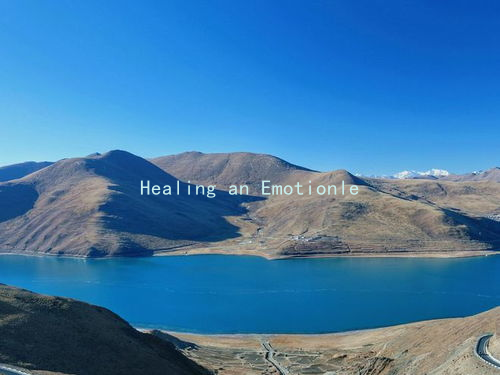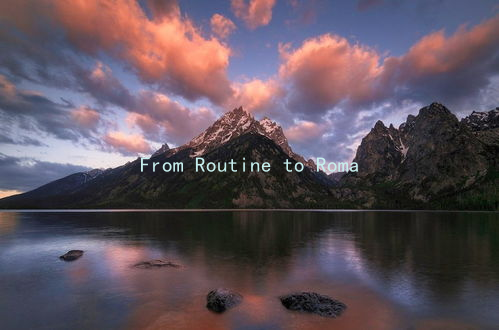Love and Lust: Navigating the Psychology of Sexual Connection in Relationships
Love and Lust: Navigating the Psychology of Sexual Connection in Relationships
In the intricate landscape of human relationships, the interplay between love and lust remains one of the most compelling dynamics. Understanding this duality is crucial for anyone seeking to foster a deeper connection with their partner while navigating the often murky waters of desire and emotional intimacy. To delve into this complex relationship, it’s helpful to explore the psychological underpinnings and practical tips that can enhance both romantic and sexual bonds.
At its core, love is an emotional bond characterized by affection, attachment, and a desire for connection. It embodies a sense of security and trust, offering a safe space for vulnerability. Lust, on the other hand, is a primal, more instinctual drive focused on physical attraction and sexual desire. While they can coexist harmoniously in a relationship, misunderstanding the relationship between love and lust can lead to challenges.
One fundamental aspect to recognize is that lust can ignite the flames of attraction in the early stages of a relationship. This initial spark often compels individuals to pursue one another, driven by a potent mix of chemistry and physical infatuation. However, as relationships mature, the balance between love and lust can shift, making it essential to maintain both aspects for a fulfilling partnership.
Effective communication is the cornerstone of navigating this balance. Open conversations about desires, boundaries, and needs allow partners to gain insight into each other’s emotional landscapes. Sharing fantasies and preferences not only fosters intimacy but also can reignite passion that may have waned over time. For instance, discussing what each partner finds attractive or exciting can lead to shared experiences that enhance both emotional and physical connections.
Another key point is the importance of reciprocity in sexual dynamics. It is vital for partners to feel equally invested in their relationship, both emotionally and physically. This means recognizing and respecting each other’s needs while actively working to fulfill them. Engaging in spontaneous acts of kindness or affection can strengthen the emotional component, fostering a deeper connection that enriches the sexual experience.

In addition, understanding and embracing the concept of psychological arousal can be a game-changer. The brain plays a significant role in sexual attraction, and factors such as anticipation, novelty, and emotional safety contribute immensely to desire. Creating an environment that encourages these elements is crucial. For example, planning surprise dates or romantic getaways can heighten anticipation, reigniting passion by stepping away from daily routines and distractions.
Self-care and personal growth cannot be overlooked in this equation. Individual fulfillment can greatly enhance a relationship. When each partner prioritizes their well-being — emotionally, physically, and intellectually — they bring more to the table. Engaging in hobbies, maintaining fitness, or pursuing education can bolster confidence and create opportunities for new shared experiences.
Moreover, it is essential to recognize the role of timing in aligning love and lust. The excitement of passion often flourishes when both partners are in the right frame of mind. Disconnection can occur if external stressors invade personal lives, making it challenging to connect physically or emotionally. Being attuned to each other’s emotional states and understanding when to prioritize intimacy can create a space where love and lust thrive.
Lastly, it’s pivotal to acknowledge that relationships evolve. As partners grow and change, so too will their emotional and sexual needs. Being adaptable and willing to discuss these changes is crucial for a sustained connection. Periodically reevaluating the dynamics of love and lust within the relationship fosters a balance that evolves with time, ensuring both partners feel satisfied and cherished.
In summary, navigating the psychology of sexual connection in relationships requires an intricate understanding of both love and lust. By embracing open communication, nurturing reciprocity, cultivating psychological arousal, prioritizing personal growth, and recognizing the importance of timing, couples can create a dynamic partnership that thrives on both emotional and physical intimacy. Ultimately, recognizing that both love and lust are essential components of a fulfilling relationship can lead to a richer, more profound connection, ensuring the flames of desire continue to burn brightly.





